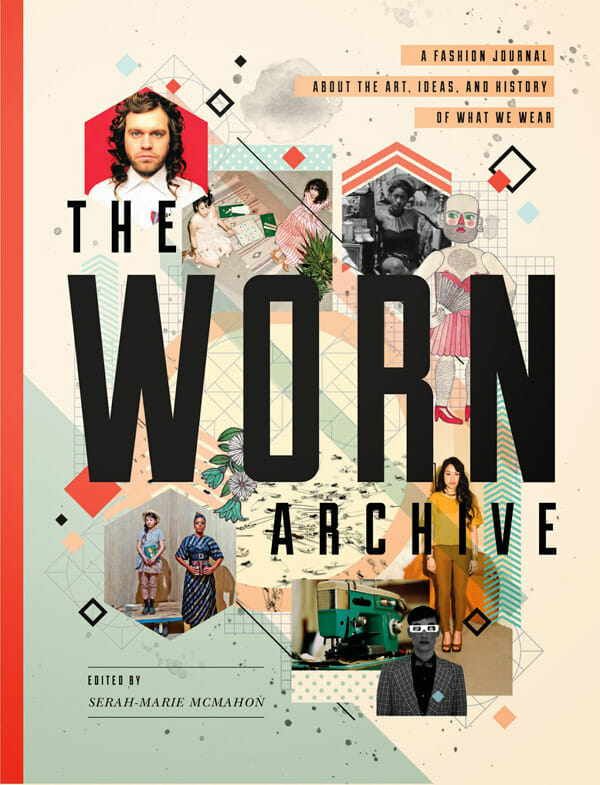What Women Wear

Much of what passes for feminism these days is concerned exclusively with how things look. Discussions frequently focus on the rights of women—whether cis or trans—to appear in public without conforming to traditional beauty standards; or what has or hasn’t been Photoshopped; or which thing you can buy to wear from a store that is owned by, or supportive of, women. If she were around today, Charlotte Perkins Gilman (of “The Yellow Wallpaper” fame) would barf.
“In the external effect upon the market,” Gilman wrote in her 1898 treatise Women and Economics, “the over-sexed woman, in her unintelligent and ceaseless demands, hinders and perverts the economic development of the world.”
Gilman’s groundbreaking book—riddled though it is with a tendency toward white supremacy—suggests that the masculine drive to produce and profit has left women with no option but to adorn and decorate, or to reproduce, once selected by a man with the means to support her. This results in what Gilman calls the “over-sexed woman,” one bred more for aesthetics than for analyzing. Gilman goes on:
[T]he brutal ferocity of excessive male energy struggling in the marketplace as in a battlefield and the unnatural greed generated by the perverted condition of female energy [has brought about a] limiting of female industry to close personal necessities [and] an elaborate devotion to individuals and their personal needs,—not to the understanding and development of higher natures, but to the intensification of their bodily tastes and pleasure.
Aesthetics, in other words, are a distraction. One that encumbers economic development—and above all, the development of women.
The WORN Archive: A Fashion Journal About the Art, Ideas, and History of What We Wear (Drawn & Quarterly, 416 pages, $29.95), an art-book collection of contributions to the independent Canadian fashion magazine WORN, both celebrates this 116-year old observation and falls victim to it. “The WORN Archive is a declaration that fashion and clothing matter,” we’re told on the cover. This is true, but the book also leads us to believe that fashion and clothing matter primarily in relation to personal necessities and bodily tastes.

It is a nice collection, with beautiful photography, sharp graphic design, and clever illustrations that smartly serve the designer profiles and essays on craft and gender well. Sonya Abrego’s homage to Bakelite, “The Revolution Will Be Plasticized,” and Alyssa Garrison’s take on gendered fashion, “Unbinding Binaries,” deserve the matte paper and lush design concepts. But only rarely in this collection are we offered any glimpse of the deeply embedded economic forces at work, established and gendered so long ago—well before Gilman’s time—that we hardly recognize them as such anymore. A Risa Dickens piece on dry-cleaning, Catie Nienaber’s look at the diminishing craft of home-sewing, and a Hailey Siracky exploration of gender dynamics in war propaganda are welcome glimpses into structural garment concerns, glitches in the otherwise smooth-surface presentation of fashion as a celebration of individual freedoms, and as a series of simple and easy-to-make choices about how things should look.
Gilman’s book, a victim of its own insights, was never recognized as an economic treatise; it was only seen as a book about women’s issues. The WORN Archive cheerfully embraces such sidelining, and the content suffers from lack of depth. On the one hand, its back-cover blurbs place its message in the realm of contemporary feminist thought, right alongside Bitch and Jezebel. Celebrated Sassy founder Jane Pratt wrote the introduction to the book, in which she demands a place for fashion as “open,” “exciting,” and “not just something you have to consume.” Yet the book never delivers on these implicit promises to take a closer look at fashion through a feminist lens.
The problem is, counter to Pratt’s assertion, we do consume fashion. In fact, fashion is a massive global industry that keeps one seventh of the world’s women around the world—particularly, but not exclusively, in the developing countries where clothes are made—in poverty. It is a system kept in place through political and economic design. If you think “thrifting” or “crafting”—hallmarks of independent fashion—offer any sort of recourse to fast fashion, think about the labor issues, waste management systems, and intellectual property rights that keep even those practices embedded in an economy that devalues feminine participation.
By pretending the vast and gendered global structural network that is the fashion industry is, instead, merely a celebration of adornments and decorations, The WORN Archive not only reproduces the dynamic Gilman observes, but the racial bias that crops up in her critique, too. Gilman implied that her insights only pertained to white people; she suggested correctives under a stated desire for racial advancement. The WORN Archive is less overt, certainly: but fashion is both a raced and a gendered phenomenon, largely produced in the global south for the profit of folks in the global north. Overlooking its international tendrils to celebrate a cute outfit helps maintain the sham that it’s not. Occasional models of color may appear in the collection, but the structural racism on which the business of fast fashion relies goes unacknowledged.
The WORN Archive is a nimble book, and it’s filled with outfit ideas and slightly deeper insight into fashion than would be gained by, say, shopping. The photography—the range of models are often contributors to the magazine itself—is charming and well-executed. The writing, while not brilliant, is competent and clear-eyed. All serve to celebrate style—not mainstream style, but independent style. That’s something.
But we were promised a story on the cover about why “fashion and clothing matter,” and that tale has just barely been hinted at. Gilman’s charge that a celebration of women’s bodily tastes impedes the economic development of the world rings true here. Perhaps we should start asking how feminist it can really be to celebrate, merely, how things look.